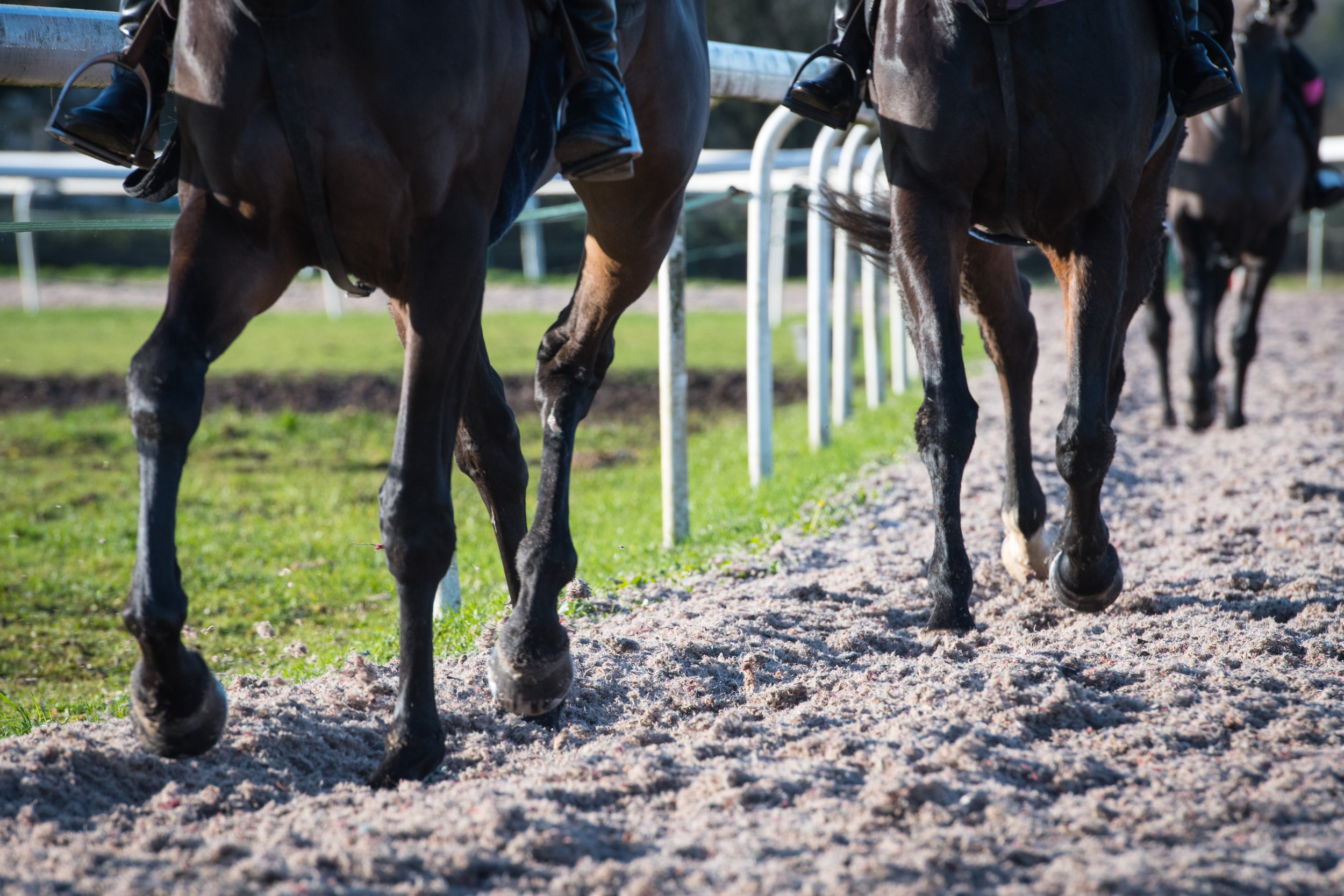HBLB Research on Injuries in Flat Racing: Nature versus Nurture
By Kristien Verheyen & Sarah Rosanowski
Musculoskeletal injuries are an inherent risk of horseracing, and they are the primary cause of thoroughbreds failing to train and race, or even retiring altogether. In addition to the evident equine welfare concerns, racehorse injuries also have economic consequences and impact on jockey safety. The industry remains committed to investigating causes of injury and associated risk factors, which can inform strategies aimed at minimising their occurrence. Advancements in methods of identification, management, and prevention of musculoskeletal disease and injury in Thoroughbreds and improved training and racing environments to enhance the safety, health, and wellbeing of racehorses have long been strategic priorities of the Horserace Betting Levy Board (HBLB)’s veterinary research funding program in Great Britain.
In 2014, the HBLB funded a research team at the Royal Veterinary College in London to undertake a detailed study of injuries and other veterinary events occurring in flat racehorses on race day. The purpose of the project was to establish causes of fatal and non-fatal injuries occurring in British flat racing and to examine associated risk factors. The research also set out to measure heritability of common injury types and conditions, and to investigate genetic and environmental correlations between injury and race performance.
The study team had access to detailed race and performance data from all Thoroughbreds racing on the flat in Great Britain over a 14-year study period from 2000 – 2013. These were then linked to veterinary reports of injury or conditions attended to by a veterinary surgeon on race day over the same time period, provided by the British Horseracing Authority (BHA). Finally, extensive pedigree data were added to enable investigation of heritability of race day injury and genetic correlations between injury types, and between injury and performance.
Descriptive findings
The final 14-year dataset included nearly 68,000 horses making over 800,000 starts in around 77,000 flat races. The majority of races -- 67% of them -- were run on the turf, with 33% of races taking place on all-weather tracks.
Just under 8,000 veterinary events were recorded over the study period, from which an incidence of nine events per 1000 starts was calculated. The most common incidents requiring veterinary attention on the racecourse were soft tissue injuries other than tendon and ligament injuries, e.g. wounds, lacerations, or muscle strains. Unspecified lameness and respiratory conditions were also common, accounting for around a fifth of veterinary reports each. Less than 10% of veterinary events had a fatal outcome, and the overall incidence of fatality was 0.8 per 1000 starts. Although bone injury was cited in only 14% of the veterinary reports overall, they accounted for the vast majority (77%) of the fatalities.
All-weather racing
Racing on all-weather tracks traditionally carries a higher risk of injury than racing on turf, which was reaffirmed in the current analyses. Therefore, the researchers also specifically investigated risk factors for fatality, distal limb fracture, and epistaxis (nose bleeds) in all-weather racing. These analyses were restricted to the ca. 258,000 all-weather starts in the dataset and included additionally collected information from the racecourse clerks on surface types and maintenance. The fatality incidence in all-weather racing was 0.9 per 1000 starts. Distal limb fracture occurred in around 1 in 1000 starts and epistaxis in 1.6 per 1000 starts. Risk factors varied for each outcome, although some factors were similar across outcomes including the going, racing intensity, horse age, age at first start, and horse and trainer performance variables. Generally, older horses and those that had started racing at an older age were at higher risk of an adverse outcome although for fatality, older horses that had started racing as two-year-olds were at highest risk. This association may be due to accumulation of microdamage in bone, which increases with increasing age as an effect of exercise accumulation over time and can ultimately lead to failure.



